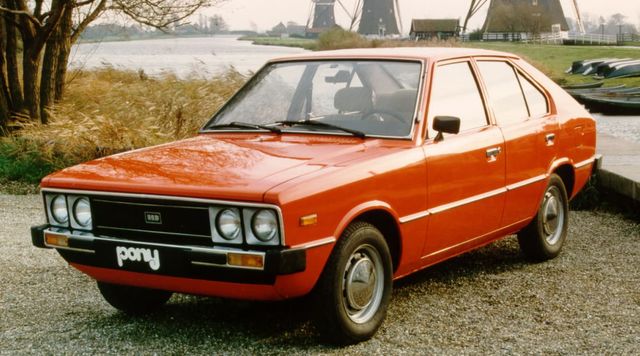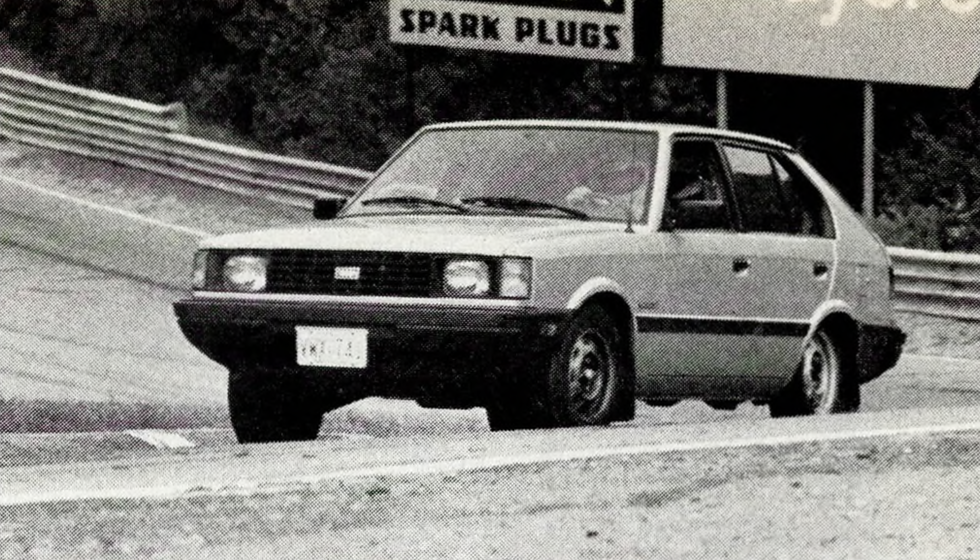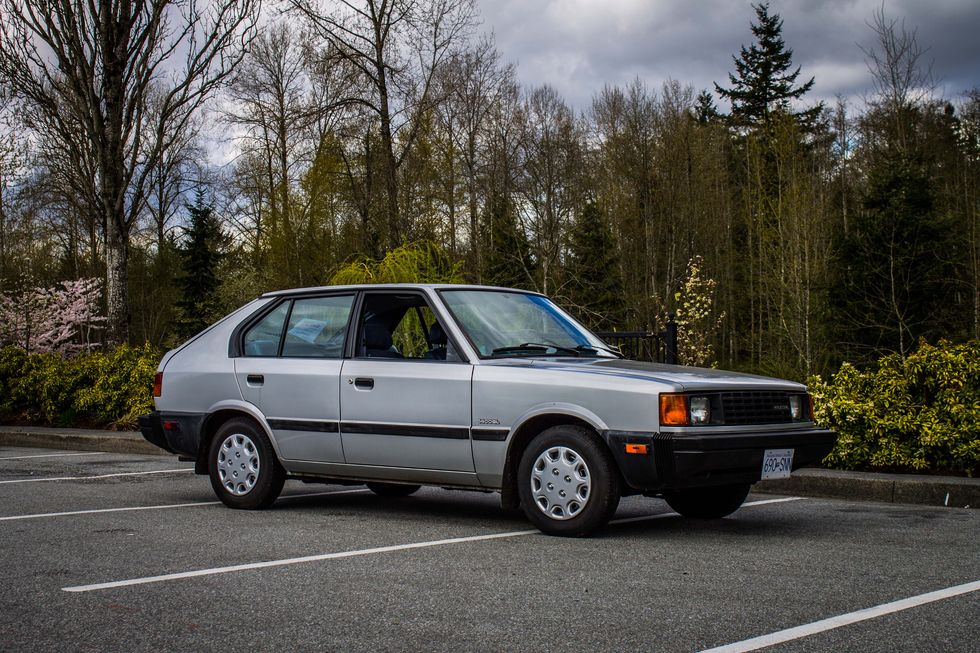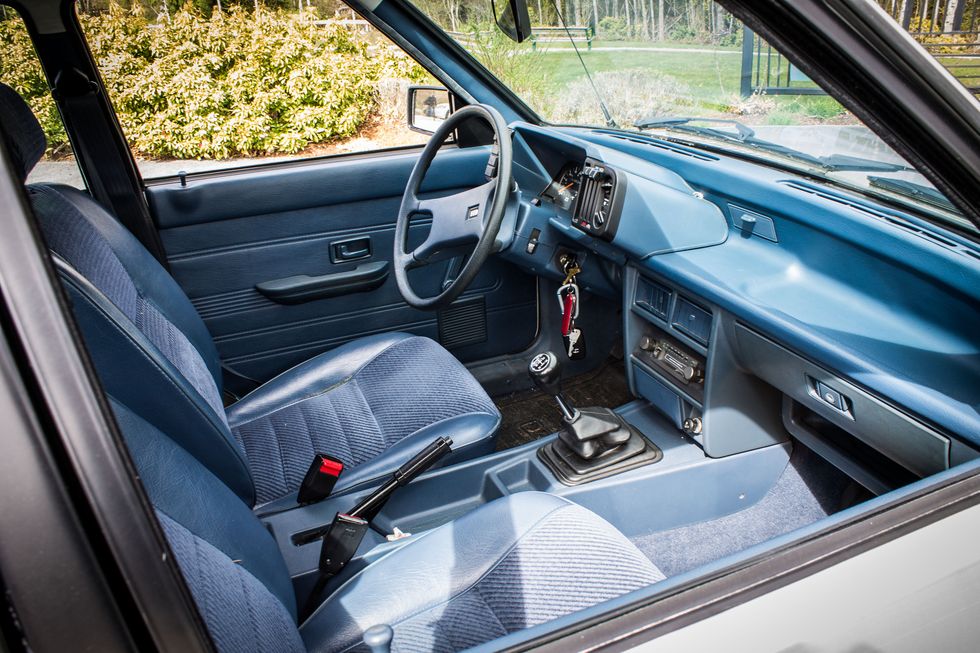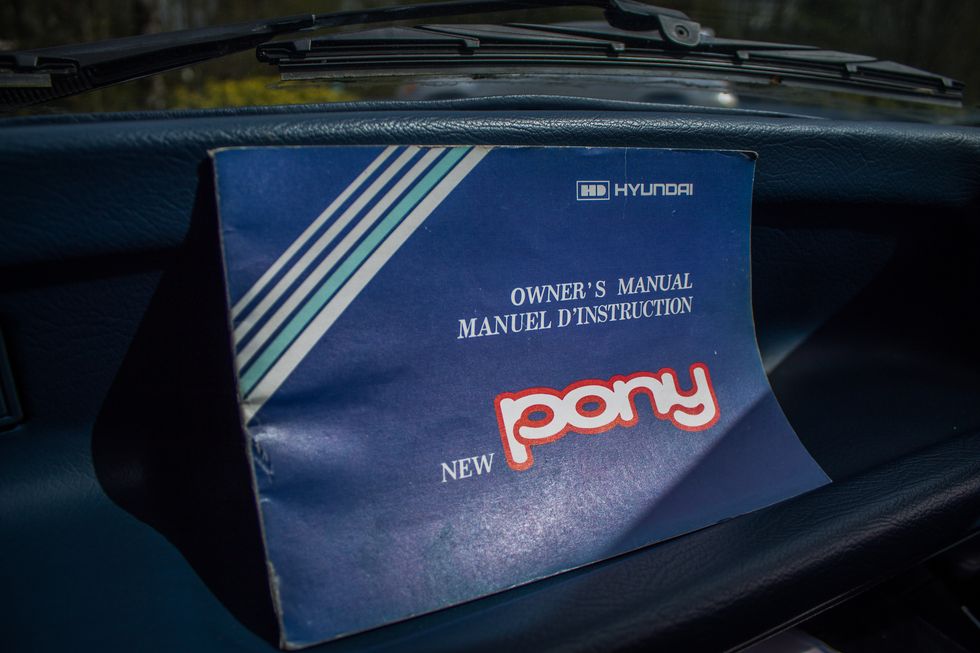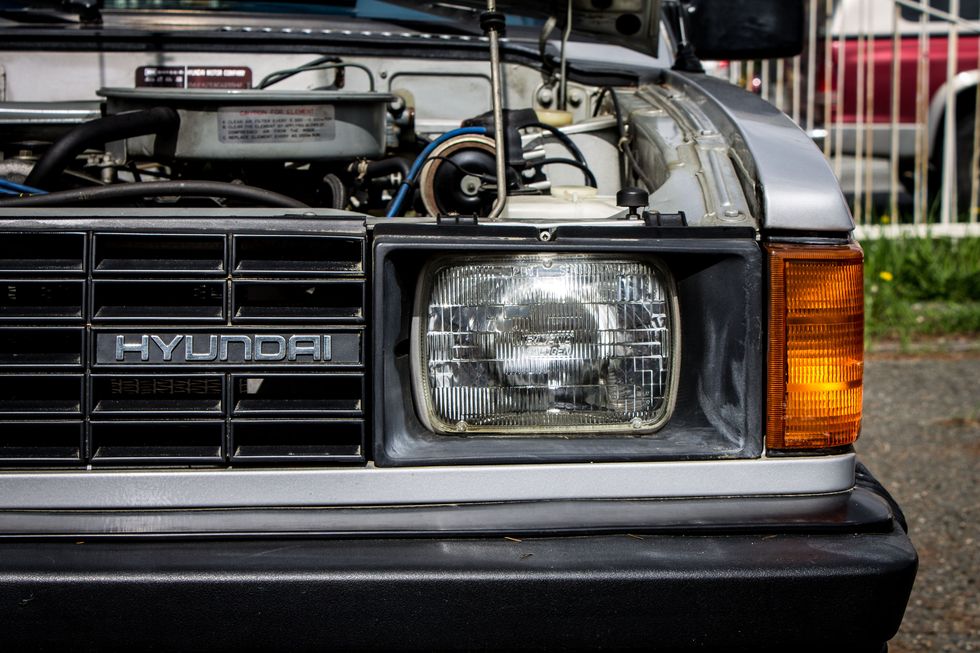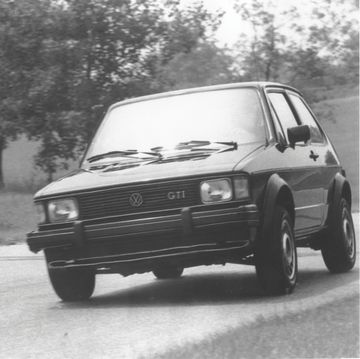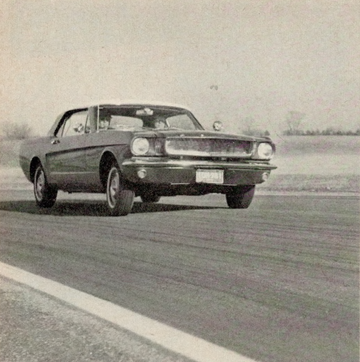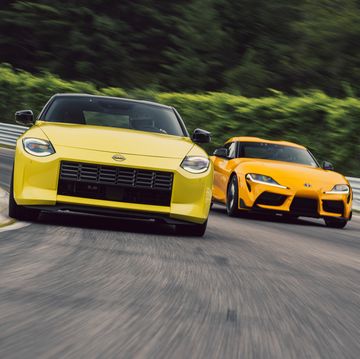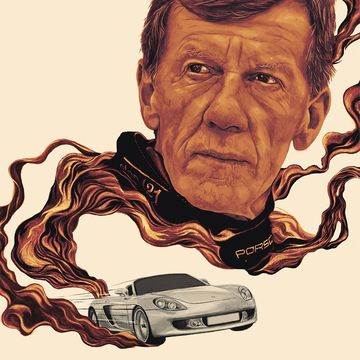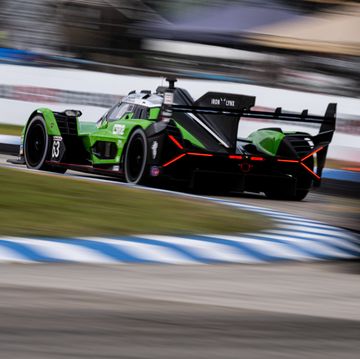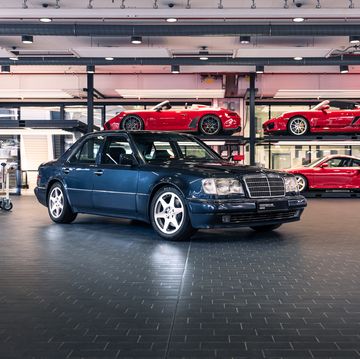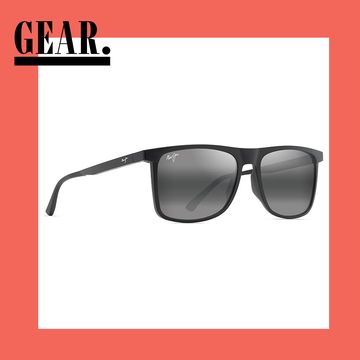The Veloster N's polarizing win as our Performance Car of the Year. The RM19's convincing, production-ready track performance. That twin-turbo, 402-horsepower drift bus. Hyundai seems to have come out of nowhere, emerging as one of the few automakers that still understands what enthusiasts want. But of course Hyundai didn't come from nowhere. It came from here.
This is the Hyundai Pony, the first car ever exported to North America by a Korean automaker. Unless you're Canadian, or Korean, you've probably never heard of it. It was never sold in the United States, and trust me, you probably didn't want it anyway.
But in May of 1985, R&T decided to find out if there were any Canada-only cars worth having. We pitched the Pony up against some of the most appalling vehicles ever foisted upon a cheapskate population of lumberjacks, hockey players, and hosers. Against alleged “cars” like the Lada Signet and the wheezy Dacia GTL, the little Hyundai did okay. In the hands of Indycar racer Scott Goodyear, the Pony managed a 2:12 lap around Mosport—ten seconds slower than a 1.3-liter Honda Civic, but better than the Eastern European turnips.
The Pony was insanely popular in Canada in the mid-1980s. Prices started at $5900 CAD for the basic model, which is about what Bryan Adams paid for his first real six-string. Nobody really knew what a Hyundai was, but hey, Korea's vaguely near Japan, isn't it? Maybe this thing is going to be as good as a Toyota or Honda, for thousands less. Between 1984 and 1985, 45,000 people shelled out for a Hyundai Pony. A large percentage of them came to regret doing so.
Technically speaking, the first Pony to cross the Pacific was actually the Pony II, a face-lifted version of the original. And we're talking “face-lift” here as is most usually associated with the word “botched,” where someone ends up being able to blink their eyebrows. The Pony II looks vaguely melancholy, like someone drew a sad face on a cardboard box.
Beneath that underwhelming sheetmetal is a beating heart of unbridled mediocrity. Over at Honda, you could get a Civic Si with fuel injection, front-wheel-drive and a five-speed manual gearbox. The Pony, in contrast, was basically a mid-1970s economy car dressed up in some blocky '80s shoulder pads.
It was still rear-drive, with a solid rear axle and leaf springs, and came with a 1.4-liter carbureted engine that was good for a gasping 70hp. When the first Pony arrived in the Korean market in 1975, it was acceptable for the time. By 1983, Hyundai's effort looked a little bow-legged next to Japanese imports. At least the price tag was appealing.
This particular example is a 1986 1400GL survivor, with that 1.4-liter and a five-speed manual transmission. The Pony we pitched around Mosport back in '85 proved there's no replacement for displacement, its upgraded 1.6-liter engine cranking out a whopping four additional horsepower. This is the slow one.
And it is slow: Zero-to-60 mph takes about fifteen seconds. In that same amount of time you could hit 60 mph in the Veloster N, brake to a full stop, and then whip out your phone and text the Pony driver a series of poop emojis. The Pony GL1400 doesn't have a tachometer, instead featuring a clock in the instrument panel. A calendar might be more appropriate.
Yet... it's a real car. It's fairly comfortable, easy to see out of like all 1980s-era vehicles, and the handling's not dangerous. The brakes are actually quite good. There's nothing overtly embarrassing about driving a Pony, and none of that sense that the gearshift's about to come off in your hand, as you might get in a British Leyland product.
The reason that the Pony became the butt of jokes in Canada is that they suffered from all the issues that 1970s Japanese cars had. They were susceptible to rust, and lasting quality just wasn't there. Compared to a 1980s Civic, the Pony was a disposable glue factory special. Compared to a 1970s Honda, it's actually relatively competitive.
If you travel to Hyundai's headquarters in Seoul, you will find little scale models of the original Pony in the gift shop, as well as T-shirts and other trinkets featuring the car. Korea is proud of its first mass-produced car, and as you dig into the Pony's history, you can begin to see why.
In 1974, Hyundai hired ex-British Leyland director Sir George Turnbull to help create its first car. Hyundai was founded in 1947 as a construction and engineering company, and had extended into car manufacturing in 1967. Initially, it built a host of European Fords under license, from the Cortina compact to the Tanus full-sized sedan.
Sir George hired on several other British engineers, tapped Giorgio Giugiaro's Italdesign firm for styling, and turned to Mitsubishi to source a powertrain. (This began a long tradition of Hyundais using Mitsubishi-derived engines, and is the reason why you can swap a 4G63T into an Elantra. Which you should totally do.)
The first Pony, which immediately became the best-selling car in South Korea, isn't any more impressive than the face-lifted version that was exported. What is brain-melting is the speed with which Hyundai went from building no cars of their own to mass-production of a compact car that was at least as capable as a contemporary Mazda GLC. Hyundai went from an empty lot to fully-functioning factory in just one year, immediately producing cars at a profit. Ask Elon Musk how difficult that feat is.
The reason Canada was chosen as the beachhead for Hyundai's North American effort wasn't based around any unique market conditions—it had to do with regulations. There was no way the Pony's 1970s powertrain could pass U.S. air pollution restrictions, but Canada's were far more open. In a country that was basically 98-percent trees and bears, nobody thought much about air quality.
Harsh winters, salt on the roads, and the long-distance use of the Canadian market took an immediate toll on the Pony. The cars disintegrated, and brand image faded along with them. It took a long time for average people to consider Hyundai as an equal to the established import brands. When the Excel entered the US market in 1986, Hyundai was seen as the bargain brand, not the quality option.
More than three decades later, we find echoes of the audacity of Hyundai's early efforts in the Veloster N, the Genesis G70, and wild creations like the RM19. The Pony wasn't a great car, but it carried big ambitions.
It took 34 years for Hyundai to go from a first appearance in the pages of Road & Track to the cover of the magazine. It's come a long way. It's earned the right.

